Sprayed vs. Foiled Edges in Book Design
 Apr 10,2024
Apr 10,2024

 SESE
SESE
Difference between Sprayed Edges Books and Foiled Edges Books
In the realm of book design, every detail counts. From the cover art to the font choice, each element contributes to the overall aesthetic appeal and reader experience. Among these considerations, the treatment of page edges plays a significant role in the visual presentation of a book. Two popular techniques for enhancing the edges of a book are spraying and foiling. While both methods add a touch of sophistication, they differ significantly in their execution and effect.
Sprayed Edges: Adding Subtle Elegance
|
|
|
|
Sprayed Colorful Edges |
Sprayed Gradient Edges |
Sprayed Pattern Edges |
Sprayed edges, also known as painted edges, involve applying a thin layer of color to the exposed edges of the book's pages. This technique has been used for centuries, dating back to illuminated manuscripts of the Middle Ages. Today, sprayed edges continue to be favored for their understated elegance and versatility.
One of the key advantages of sprayed edges is their ability to complement the overall design scheme of the book without overpowering it. The color applied to the edges can be chosen to match or contrast with the book's cover, adding a cohesive visual element. Additionally, sprayed edges offer a subtle hint of color when the book is closed, enticing readers to explore further.
Another benefit of sprayed edges is their cost-effectiveness and ease of application. Unlike foiling, which requires specialized equipment and materials, spraying can be done relatively quickly and with minimal resources. This makes sprayed edges a practical choice for publishers and authors looking to enhance the appeal of their books without breaking the bank.
Foiled Edges: Elevating with Metallic Brilliance
|
|
|
Gold Foiled Edges |
Holographic Foiled Edges |
|
|
|
Colorful Foiled Edges |
Pattern Foiled Edges |





 Home
Home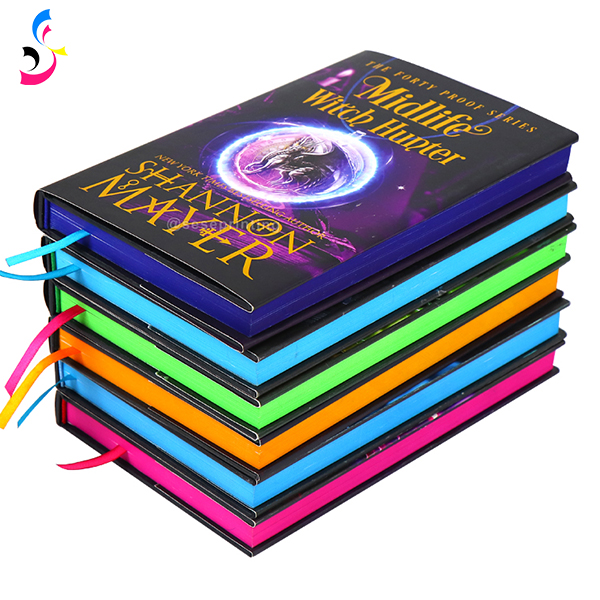
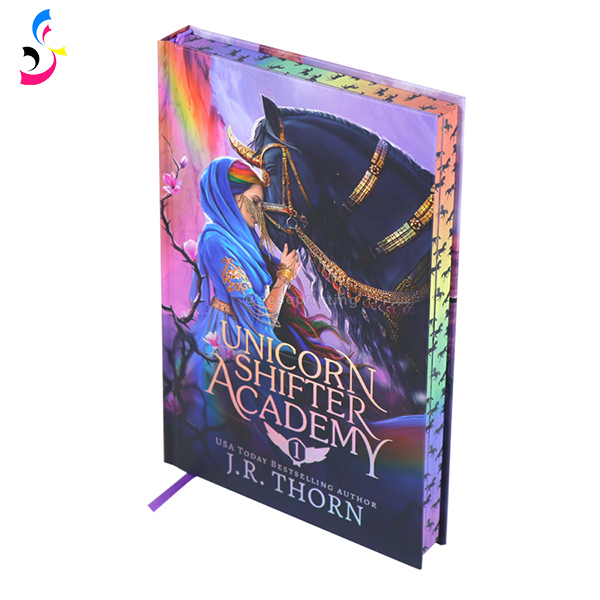
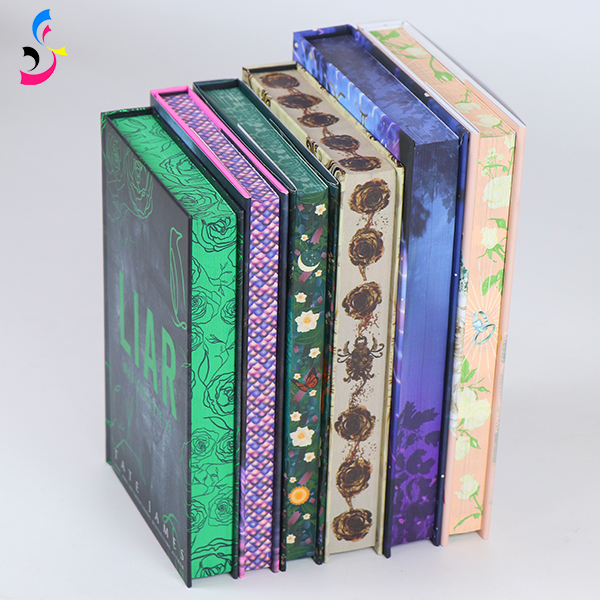
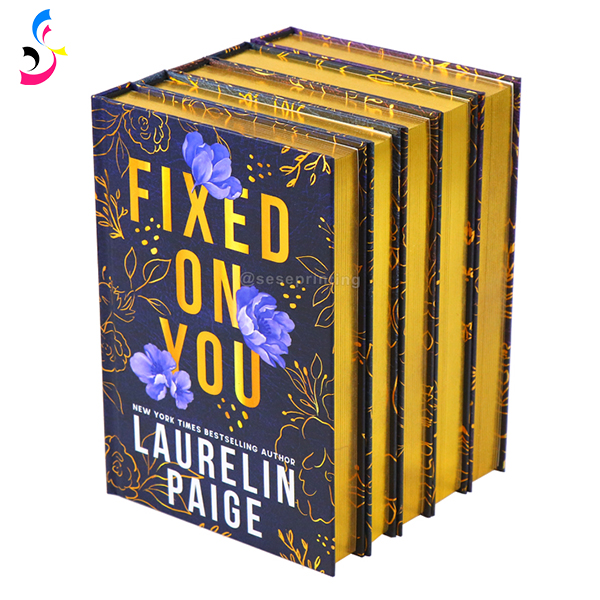
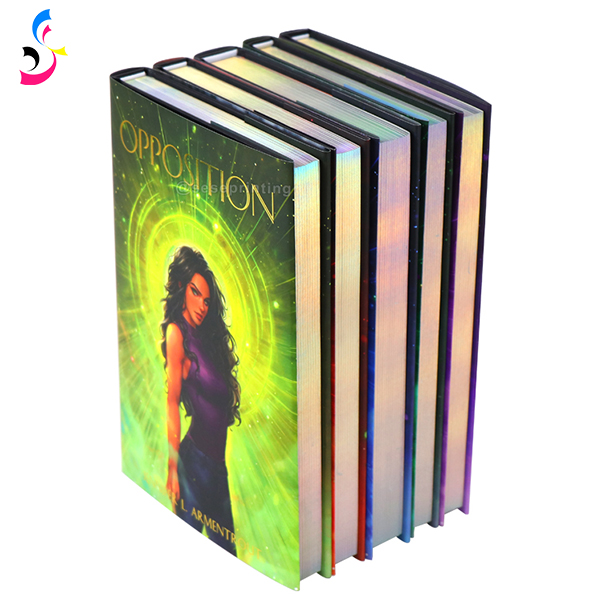
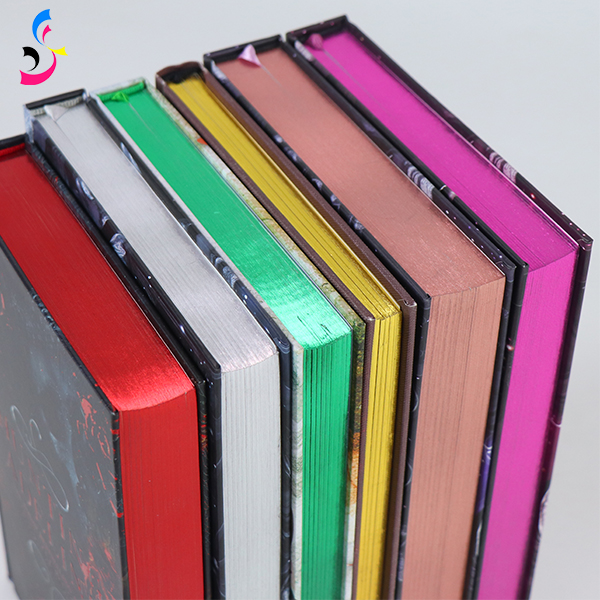
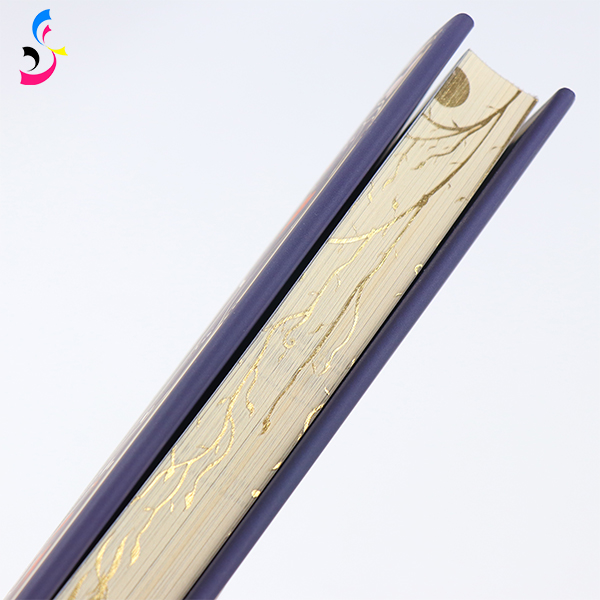
 Can You Print on Demand Notebooks?
Can You Print on Demand Notebooks?  You May Also Like
You May Also Like
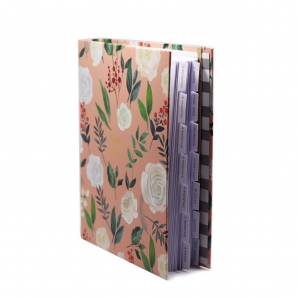

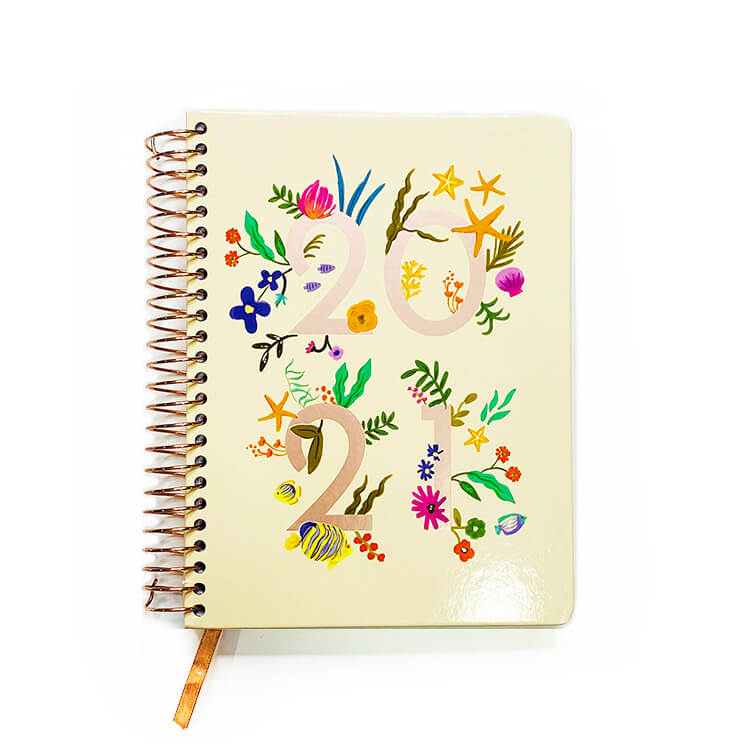

 Tel
Tel
 Email
Email
 Address
Address







